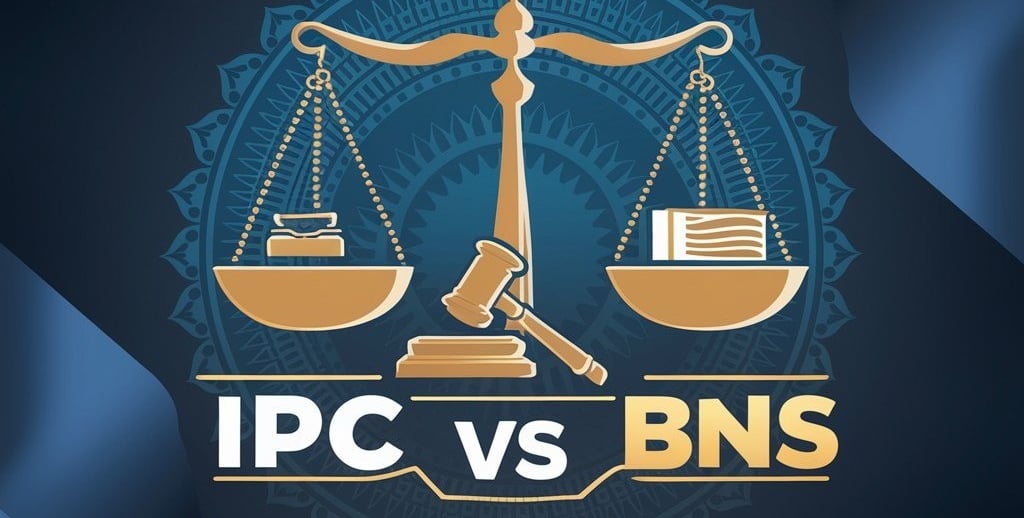IPC vs BNS: Key Differences Between Indian Penal Code and Bharatiya Nyaya Sanhita
India’s criminal justice system has undergone a historic transformation with the replacement of the Indian Penal Code (IPC), 1860 by the Bharatiya Nyaya Sanhita (BNS), 2023. This shift marks the end of a colonial-era law and the beginning of a modern, citizen-centric approach to criminal justice.
LEGAL
8/19/2025


IPC vs BNS: Key Differences Between Indian Penal Code and Bharatiya Nyaya Sanhita
India’s criminal justice system has undergone a historic transformation with the replacement of the Indian Penal Code (IPC), 1860 by the Bharatiya Nyaya Sanhita (BNS), 2023. This shift marks the end of a colonial-era law and the beginning of a modern, citizen-centric approach to criminal justice.
Overview of IPC and BNS
Indian Penal Code (IPC), 1860:
Drafted during British rule by Lord Macaulay and his committee, the IPC served as the backbone of criminal law in India for more than 160 years.Bharatiya Nyaya Sanhita (BNS), 2023:
Introduced by the Indian government to replace the IPC, the BNS aims to simplify laws, reduce pendency, and align with the needs of modern India. It officially came into effect from July 1, 2024.
Key Differences Between IPC and BNS
1. Colonial vs Indigenous Framework
IPC was a colonial law imposed by the British.
BNS is drafted indigenously, focusing on Indian values and present-day challenges.
2. Number of Sections
IPC: 511 sections.
BNS: 358 sections (many redundant and overlapping provisions removed).
3. Sedition vs Anti-Terror Provisions
IPC Section 124A dealt with Sedition, often criticized as a tool for suppressing dissent.
BNS removes sedition and introduces “Acts endangering sovereignty, unity, and integrity of India” with stricter definitions.
4. Gender Justice
IPC had limited provisions for crimes against women.
BNS expands definitions, covers sexual crimes more comprehensively, and addresses emerging offenses.
5. Organized Crime and Terrorism
IPC lacked detailed provisions for organized crime and terrorism.
BNS includes special sections on organized crime, terrorism, mob lynching, and cybercrime.
6. Technology Integration
IPC was outdated for the digital age.
BNS incorporates electronic evidence and digital records as admissible proof.
7. Citizen-Centric Approach
IPC prioritized colonial authority.
BNS emphasizes speedy justice, victim rights, and citizen welfare.
Why the Change from IPC to BNS Matters
The transition from IPC to BNS is not just a legal shift but a move towards decolonizing Indian laws. It reflects India’s commitment to a justice system that is modern, efficient, and people-oriented.
The Bharatiya Nyaya Sanhita (BNS) is India’s step into a new era of criminal justice, replacing the Indian Penal Code (IPC) after more than 160 years. By streamlining sections, removing outdated colonial provisions, and focusing on present-day crimes, BNS is expected to make justice delivery faster, fairer, and more relevant.
Ideagiri: Online platform for Education: Govt Colleges and Universities, Govt Jobs, Exams, Internships, Business, Finance, Technology, DigiCult and more - Ideagiri.com
Nocont@ideagiri.com
© 2025. All rights reserved.
